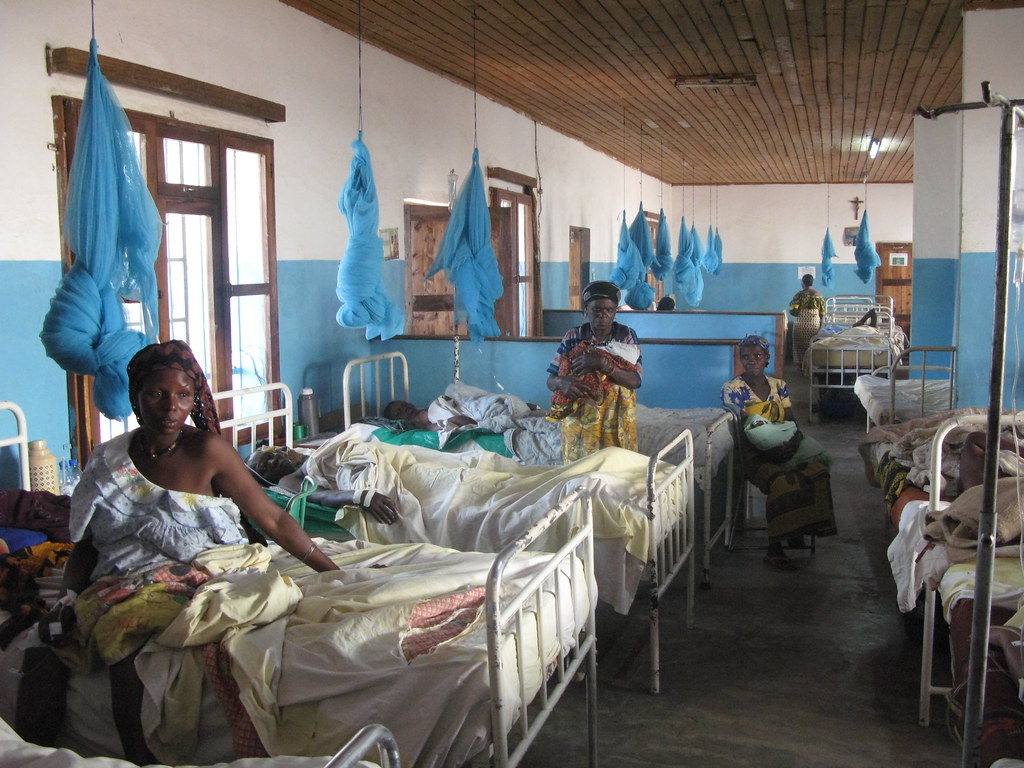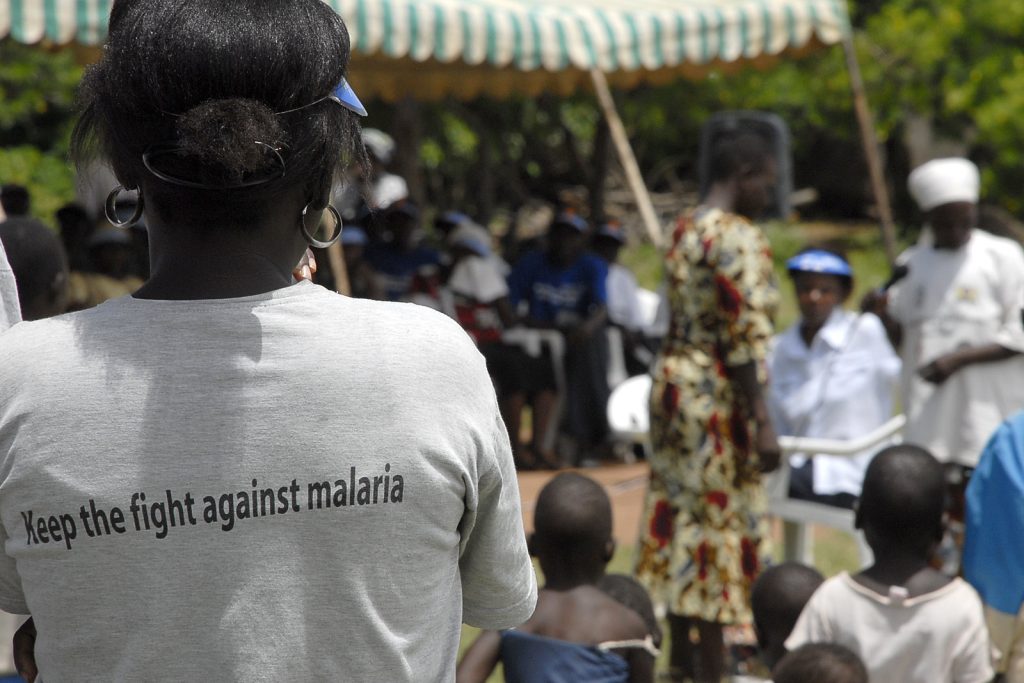Malaria is a life-threatening condition affecting over 260 million people worldwide. The disease is most common in sub-Saharan Africa, with the region home to 94% of malaria cases in 2023. Transmitted via the Anopheles mosquito, the parasitic infection causes several symptoms, including fever, chills, and headache. If left untreated, there is a high risk of death.
What’s often less understood is the long-term symptoms of malaria. Children are particularly vulnerable. Two potential complications include cerebral malaria and blackwater fever. These conditions occur in a minority of cases; however, those affected can face lasting health issues.
Tackling these long-term symptoms of malaria involves early diagnosis. The sooner a patient is diagnosed and treated, the lower the risk complications develop. Advanced diagnostic tools like NOUL’s miLab™ MAL improve the speed and accuracy of diagnosis, allowing people in rural or resource-deprived regions to access high-quality care.
Long-Term Symptoms of Malaria

Source: Flickr
Malaria is a disease caused by the Plasmodium parasites. The immediate symptoms of fever, headaches, and chills are well-known; however, it’s the long-term symptoms of malaria that lead to lasting damage.
Often, individuals who survive malaria face a lifetime of chronic health issues. Recurrent fever episodes and general weakness are common. But more significantly, malaria can cause lasting damage to vital organs if the Plasmodium parasite enters these localized regions. The liver, spleen, and kidneys are particularly vulnerable, and their function may not return to normal until long after the infection has cleared.
Cerebral malaria (or malaria in the brain) is another potential complication. In children, the condition can permanently damage the brain, leading to cognitive impairments and affecting learning abilities and mental function. This can derail a child’s educational progress and social development, often in countries without a supportive social welfare net.
It’s not hard to see how this disease burden leads to a cumulative decline in health and quality of life. Understanding these dynamics – and, most importantly, providing early diagnosis and care – is the key to mitigating these issues.
Cerebral Malaria and Its Impact on the Brain

Source: Flickr
Cerebral malaria is a rare manifestation of malaria, defined as when the parasite P. falciparum enters the brain. Usually, the majority of patients with malaria in the brain are children under 5 years old (~1% of cases).
Much of the damage occurs when infected red blood cells (RBCs) stick to the endothelial walls of capillaries. As the RBCs accumulate, these small vessels become blocked in a process known as sequestration. Soon enough, the supply of oxygen and nutrients dwindles, causing inflammation and permanent brain damage in the patient.
Symptoms of cerebral malaria include:
- Severe headache
- Altered mental state: Confusion, disorientation, or difficulty concentrating.
- Convulsions: Seizures that may not be related to a pre-existing epilepsy condition.
- Coma: Unresponsiveness, where the patient cannot be woken.
- Neurological abnormalities: Including abnormal posturing, rigidity, or other involuntary movements.
- Visual disturbances: Blurred vision, double vision, or temporary vision loss.
- Fever
- Nausea and vomiting
Long-term, children affected by malaria in the brain often face brain damage. There are usually some cognitive and neurological impairments, behavioral changes, and a potential risk of epilepsy or recurrent seizures. The severity of symptoms depends on the scale of sequestration.
What is Blackwater Fever?

Source: Flickr
Blackwater fever is another clinical manifestation of a P. falciparum infection. This rare complication only happens in severe malaria due to the large-scale destruction of red blood cells. The name derives from the black or dark-colored urine that occurs from hemoglobin release in the urine (hemoglobinuria).
The characteristic symptom is dark urine. However, patients may notice:
- Jaundice
- Severe anemia
- Acute kidney failure
Severe anemia is a natural consequence of RBC destruction. Jaundice is due to high levels of bilirubin, a byproduct of hemoglobin metabolism. With more hemoglobin available for breakdown, bilirubin levels spike, giving the body the classic yellow appearance. Lastly, the kidneys can become so overwhelmed with the high levels of hemoglobin and its byproduct that they begin to fail. If left untreated, the damage to the kidneys becomes permanent as hemoglobin deposits in the tiny filtration ducts. Together, these features leave the body more susceptible to future malaria infections.
The underlying reason why some people get blackwater fever and not others is unknown. It’s closely linked to the misuse or repeated use of antimalarial drugs like quinine. However, others suggest that it stems from the immune response to malaria, which can exacerbate hemolysis (RBC breakdown).
Importance of Early Diagnosis and Management

Source: NOUL
Like any disease, the long-term symptoms of malaria are more likely the longer the condition is left untreated. The problem? Well, malaria often mimics the symptoms of other diseases, leading to misdiagnosis. Many people in endemic areas are also unaware of what to look for – leading to substantial delays in diagnosis.
NOUL’s miLab™ MAL is the solution. Harnessing the power of AI, it utilizes a morphological approach to malaria diagnosis (regardless of pfhrp2/3 gene deletions). It detects changes in RBCs, determining the specific parasite species, its lifecycle stage, and other key information.
It also incorporates patient symptoms during the testing process, as captured in the accompanying image. By integrating symptom data with morphological analysis, the system provides a comprehensive diagnostic output that significantly aids treatment decisions. That helps doctors working in resource-deprived regions make informed decisions without relying on an expensive laboratory. They receive the diagnosis right there and then in a matter of minutes.

Source: NOUL
In fact, the miLab™ MAL far exceeds human testing capabilities. In a 2024 study, the platform demonstrated exceptional diagnostic performance for malaria:
- Sensitivity: 94.3% for Plasmodium falciparum, 97.0% for P. vivax.
- Specificity: 94% for P. falciparum, 97.6% for P. vivax.
- Notably, the tool diagnosed 98.1% of P. falciparum cases with hrp2 deletions, a critical capability in areas where conventional RDTs may fail.
These findings clearly prove the power of the miLab™ MAL to boost malaria diagnosis rates and reduce the risk of severe long-term malaria symptoms in resource-limited and high-burden regions.
Conclusion

Source: Flickr
Malaria isn’t just an acute infection. In vulnerable adults and children, the consequences can last long into the future if the infection is allowed to spread. Cerebral malaria, which results in permanent cognitive challenges, and blackwater fever, which can cause chronic kidney disease, are two of the most severe complications.
The issue is slow diagnosis times in remote and resource-deprived regions. Thankfully, with the miLab™ MAL, that’s beginning to change. This cutting-edge platform is transforming how doctors and healthcare professionals diagnose infectious diseases.
Ready to learn more? Check out other guides and discover how the miLab™ MAL works in practice. You can also send us a message if you’re interested in using the platform in the field.

